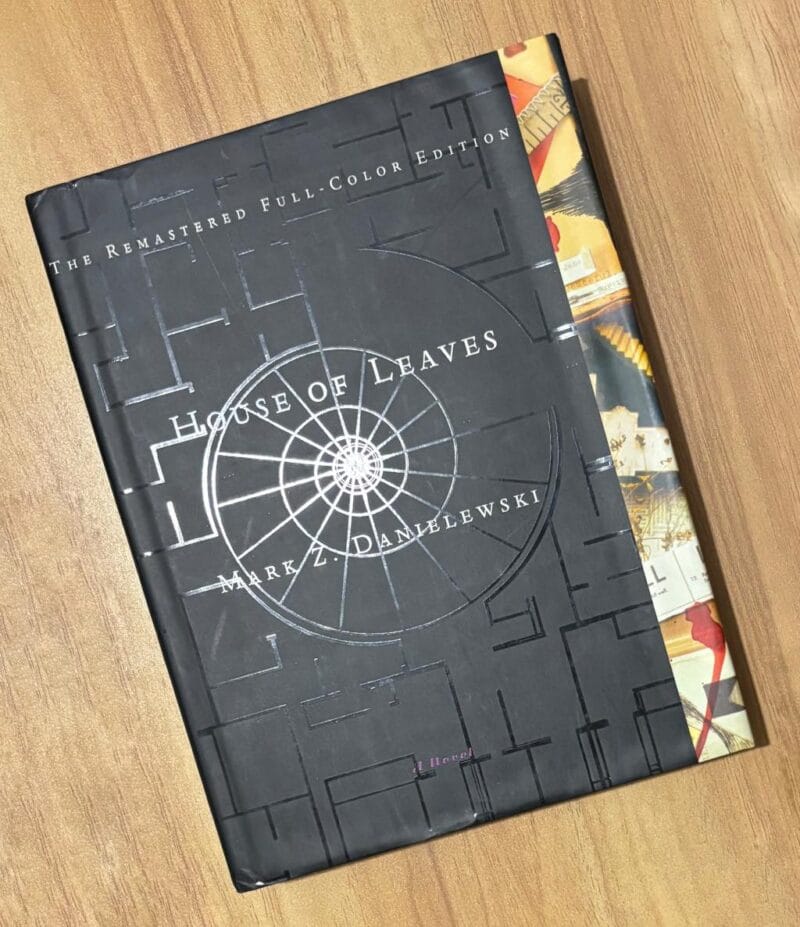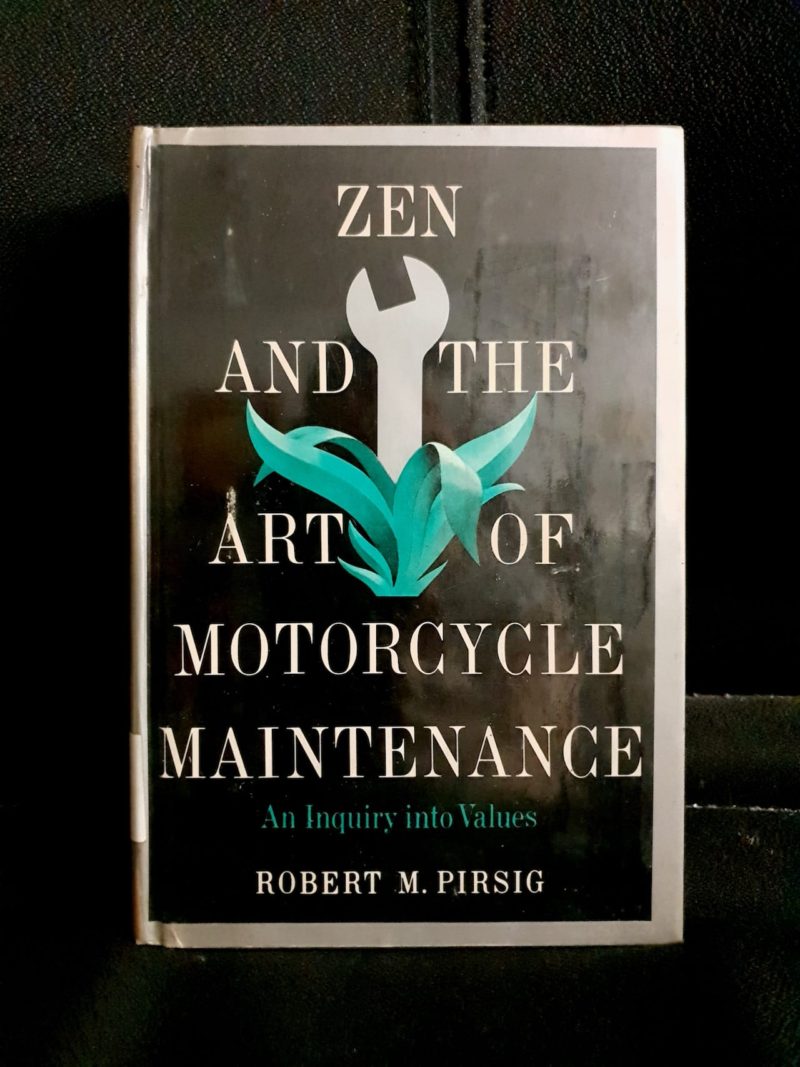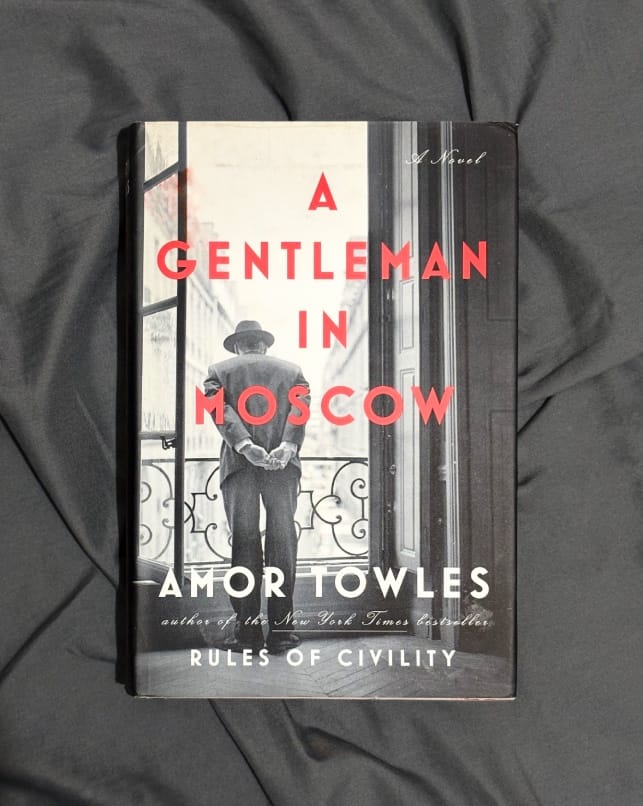The Master and Margarita by Mikhail Bulgakov, originally published in Russian in 1967, is a work of art unlike anything else you’ve ever seen. In terms of bizarreness, there aren’t many novels that can compete with this one. A deeply thought-out book, it looks into the nature of “good” and “evil” and how these ideas apply to everyday life.
The novel defies classification as a single genre by incorporating supernatural themes, sarcastic dark humor, and Christian philosophy. Written in the style of magic realism, the book tells the story of Woland, a devil who visits Moscow together with his army of demonic deputies, an assassin, and an enormous talking cat, as they begin terrorizing citizens.
Interspersed between Woland’s storyline are flashbacks to Pontius Pilate’s trial of Jesus Christ and a daring reinterpretation of Faust and Pilate’s legends. All of the novel’s major characters have a tenuous link to Pilate in some way. There are several plot lines that revolve around Pilate, and each individual suffers for their wicked crimes before being saved.
In the story, the Master is a young poet who has been imprisoned for writing a novel about Jesus Christ and Pontius Pilate. Margarita appears just halfway through the book; she is the Master’s mistress who staunchly supports the novel he’s writing. The tale of Christ and Pilate’s connection, observed by Woland and related by the Master, repeats at various points in the book, and both stories ultimately intertwine.
The book is regarded as one of the most important works of contemporary Russian literature. It was written between 1928 and 1940 in the Soviet Union during Stalin’s reign. A Moscow magazine published a censored version because of the novel’s true depiction of Soviet life during the 1930s. It began getting through to the West and was only finally released several years after the author’s death in 1940.
Further Reading
Life Got You Down? Time to Read The Master and Margarita by Viv Groskop, Literary Hub
Bulgakov’s World: The Meaning of “The Master and Margarita” by Julia Amosova, amosova.blog
Why should you read “The Master and Margarita”? by Alex Gendler (Ted-ed), Youtube
Sympathy for the Devil by Michael Wood, London Review of Books





